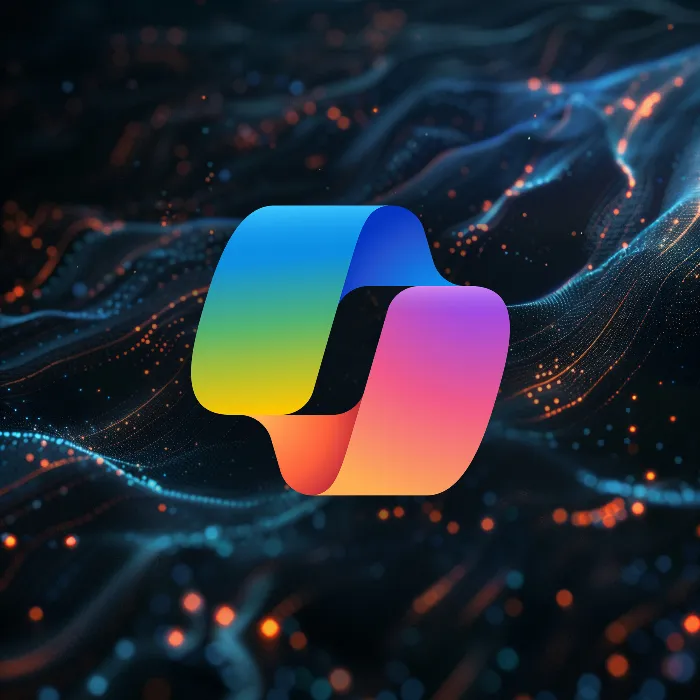Chatbots and virtual assistants are now indispensable in many areas. If you are looking for a cost-effective and powerful solution, Hugging Chat from Hugging Face is an excellent option. In this guide, I will show you how to use Hugging Chat to create your own chatbot and enjoy the benefits of an open-source framework.
Key Insights
- Hugging Chat is a free alternative to commercial chatbot solutions based on open-source.
- You can create your own models, train them, and customize them for various use cases.
- The service offers a variety of pre-trained models and the ability to combine them.
Step-by-Step Guide
Accessing Hugging Chat
First, you need to access Hugging Chat. You can simply enter "Hugging Chat" in a search engine. Click on the first link to visit the official website.
Getting to Know the User Interface
When you are in Hugging Chat, you will find a user-friendly interface. You will already see some suggested models and the option to create your own models.
Choosing a Model
To start a chatbot, you can either use an existing model or create a new one. Click on the "Browse Assistants" button to see a list of available models. Here you will find various models specialized in different topics.
Selecting a Model
Among the models, you can specifically look for an assistant that interests you. For example, if you want to learn more about open source, choose a corresponding model from the list. After clicking, you will see a standard prompt to start with.
Creating Your Own Model
If you prefer to create your own model, go to "Settings." Click on "Create New" to start a new chatbot project. Here you can enter a name and a brief description for your assistant.
Selecting and Customizing a Model
Now you need to select the model to be used for your chatbot. For example, you can select "mixture 7B" or other models based on your requirements.
Defining a Starter Message
Now add a starter message. This message should give your bot a direction on how to respond to queries.
Creating a System Prompt
The system prompt is crucial to show your chatbot how to respond to questions and requests. You can specify here what tasks your bot should perform. For example: "You are a specialist in the field of artificial intelligence."
Creating and Testing Your Model
After entering all the necessary information, click on "Create" to finally create your own bot. You will now get a URL that you can easily share with others.
Customizing the System Prompt
If during testing of your model you find that you want to customize the system prompt, this is also possible. Simply click on "Edit" to make adjustments.
Adding Links to External Sources
An interesting feature is the ability to add external links. If someone asks for more information, your bot can refer to these links. Add the link to your own YouTube channel or another website to provide helpful resources.
Testing the Functionality
After all adjustments have been made, it's time to test your model. Ask a question and check if your bot responds as desired.
Saving and Sharing Your Model
Once you are satisfied with how your bot works, make sure to save the changes. You can also share the link to your bot with your colleagues so they can test it too.
Summary
In this guide, you have learned how to use Hugging Chat from Hugging Face to develop your own chatbot. Due to its open-source nature, you can customize and train your models without monthly fees. The potential of Hugging Chat is enormous, and I consider it an excellent opportunity to experiment with AI and explore various use cases.
Frequently Asked Questions
What is Hugging Chat?Hugging Chat is a free open-source platform where you can create and customize your own chatbots.
Does using Hugging Chat cost anything?No, using Hugging Chat is completely free.
Can I use a Hugging Chat in other languages?Currently, Hugging Chat works best in English, but there are efforts to improve multilingual support.
How can I test my own chatbot?After creating it, you can ask questions to your bot and see its responses directly in the interface.
Could my model be shared via a URL?Yes, you can easily share the URL of your created chatbot with others.


